Another Fritz Lang masterpiece ...now in the era of sound. One of the most impressive aspects of this film is how effortlessly Lang transitions from the silent- into the new sound filled format and even uses it constructively to add to the overall expression even if he was reluctant to make the transition. This director is a true genius and M is pretty much a forgotten gem of late german expressionism, which could have been the promise of a brilliant extended career into the “talkies” era, if it had not been for the political “climate change” in the early thirties in germany and possibly the opening giant gap evolving between his writing partner, Von Harbou and himself.
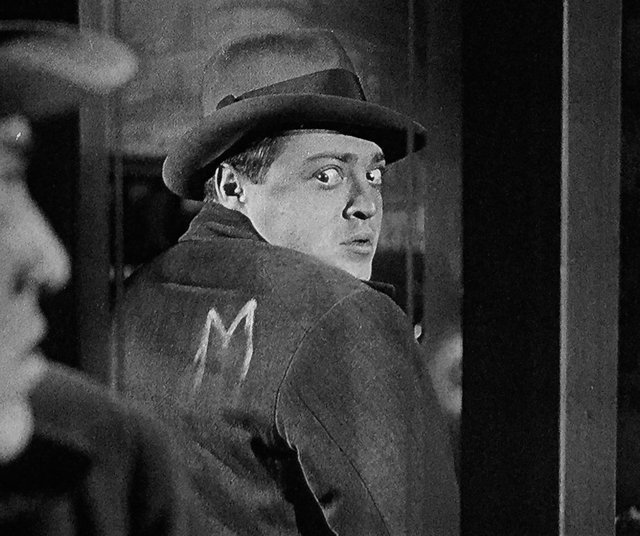
Before one watches a Lang movie it is recommended to adjust your mindset to spot symbolism and carefully selected camera angles. It is also necessary to spot the string of inventive expressionist touches that are not so much in your face as in earlier movies like Metropolis, but rather gently sown into the overall appearance of the cinematography. But they are there all over the place nonetheless.
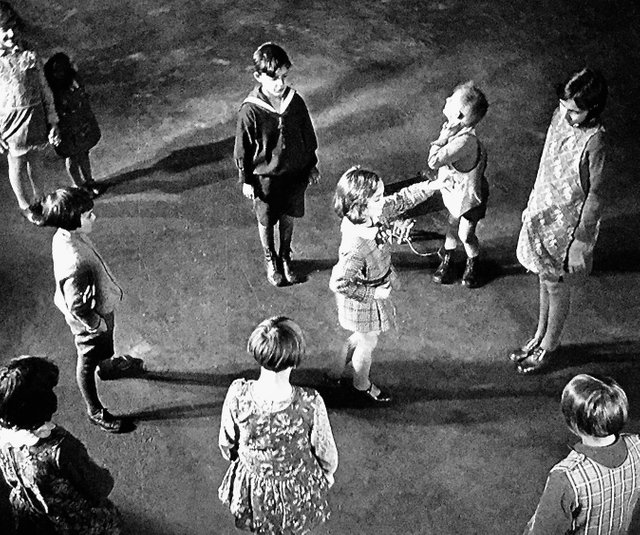
The child-murderer, brilliantly and memorably played by hungarian actor Peter Lorre is merely a vehicle, or even a mcguffin, for showcasing the structures, prejudices, incompetences and fears of the masses in the post world war one modernity. The slowness and predictable effort by the police to deal with the manhunt and the parallel criminal underworld with the same incentives as the police, makes for a tandem showcase of hysteria of society in the socalled public space.
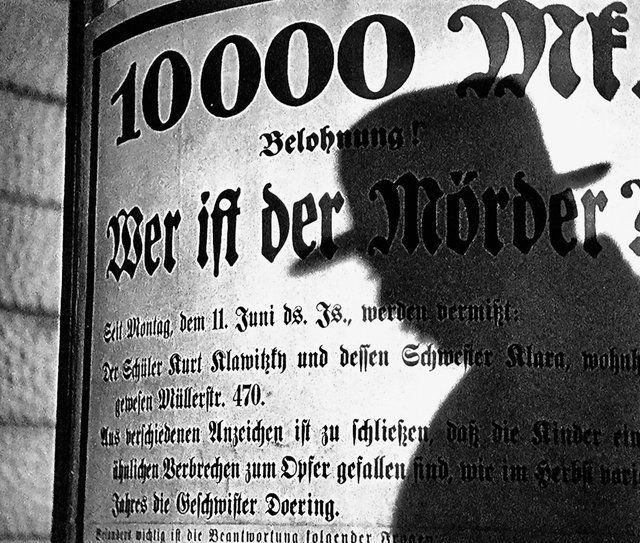
The movie is as such void of a clear underlying plot (except for the obvious catching of the killer) or a hero of any kind, that would be the normal case in what most people would think of as a murder mystery. Lang goes to completely different levels of interest and much of what is displayed on the screen is supposed to evoke subconscious notions of not merely fear of child murderers and the likes, but a general fear of what crimes people in a mass hysteria is capable of and how they will always excuse their deeds with the “higher” purpose, leaving a trail of destroyed lives and staructures behind them.
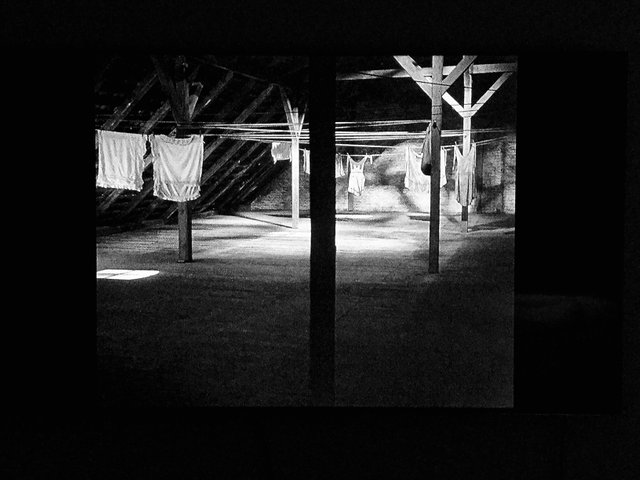
It has been debated that M echoes the consequences of the first world war. This is not very obvious but there are a few scenes that lends its expression in that direction, most notably the leg-less man outside a children toystore showing off modern industrialized toys and the game of Monopoly (Matador) - which the crippled man has no chance of reaching. The world at home wanted him to go to war to be a “mass murderer” meanwhile it headed fo the future and left him crippled behind. Another point is that there are only single mothers and no complete families. The fathers were killed in the trenches and their children are left vulnerable on the public streets.
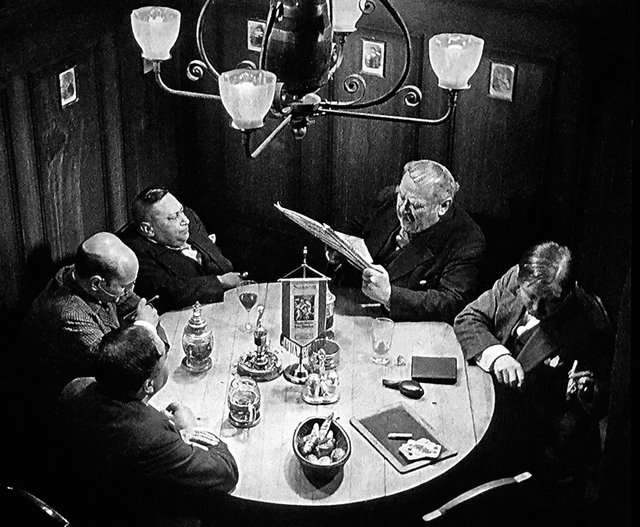
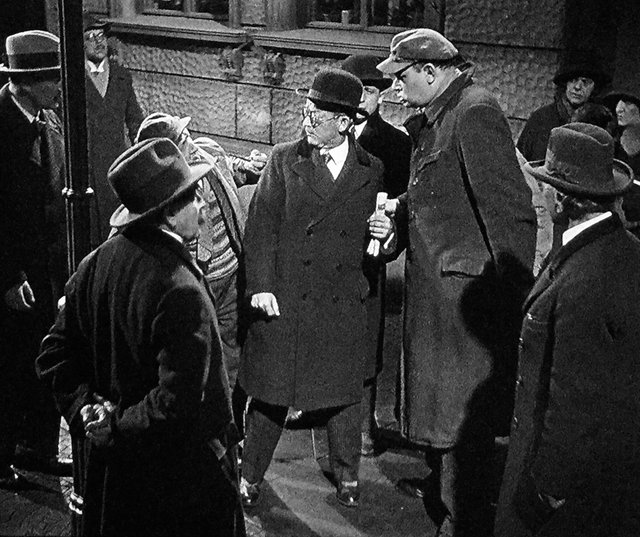
I admit that I am biased in the favor of the expressionist aspects. In my opinion M is the most homogenous expressionist effort of german cinema, in the sense that the expression is so well integrated in the overall feel of the film. This is a creation of a master at the hight of his game. In particular the “prolog” part until the murder of Elsie is announced by the paper boys on the street is a masterfully made flow of perfectly combined expressive shots, that sets up a feel and a setting for the directors real story, that you would be hard pressed to find its equal anywhere else.
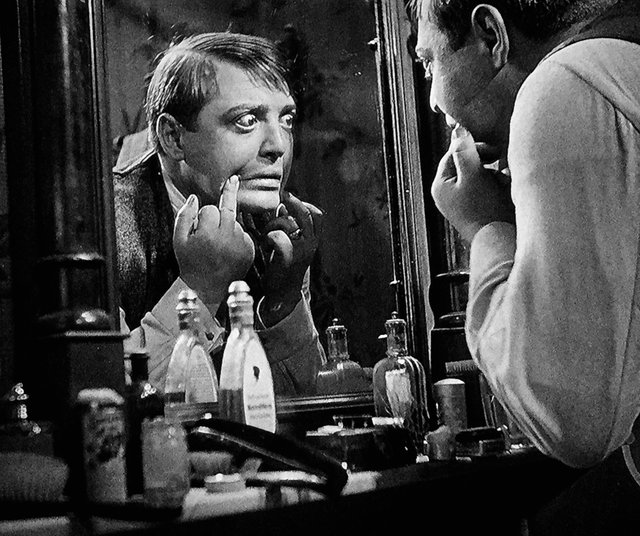
There is a tendency to dwell a bit too long on dialogues that are there to further the plot, where I would have preferred that Lang let the pictures speak. But we are in the infancy of the talkies era and there may have been certain demands for the “amount” of sound, which in itself was expensive to record and implement. Actually a third of the movie was recorded silent and to some extend with added sound effects in postprod.
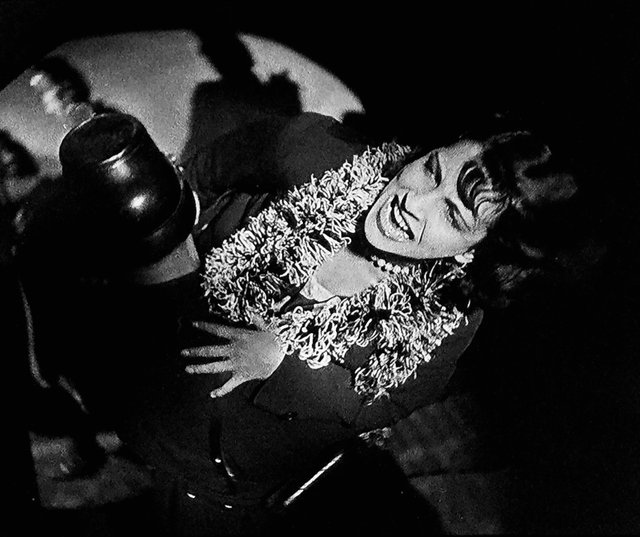
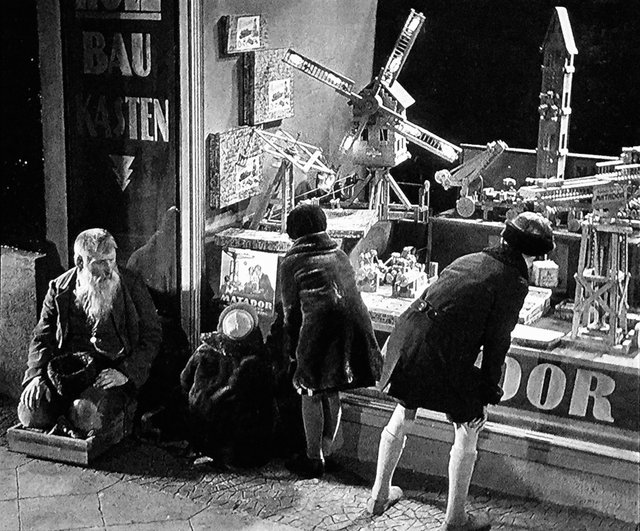
This is one of the movies that will grow on you. On the first viewing you might be quite disappointed. But let it lay a while and watch it a second time, in order to better enjoy the effortless cinematography and expressionism. I might also point out that there are some brilliant cuts to look for, most notably the cut between the scenes of the underworld leader and the police chief in the middle of a continued hand gesture. It is almost on the level of Lean’s matchstick blow in Lawrence.
9/10
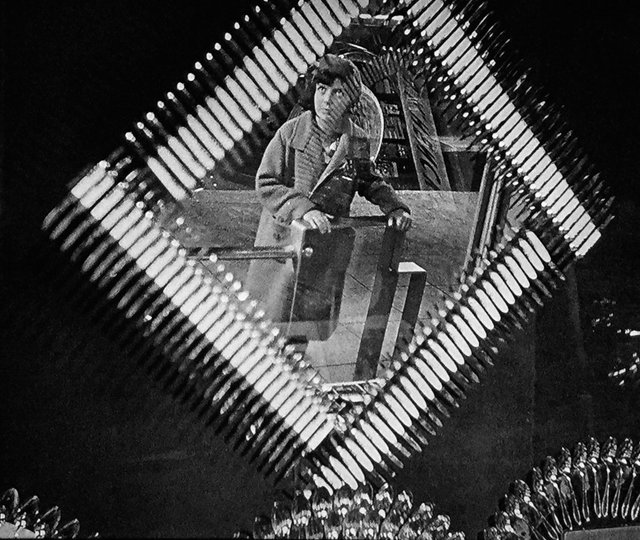
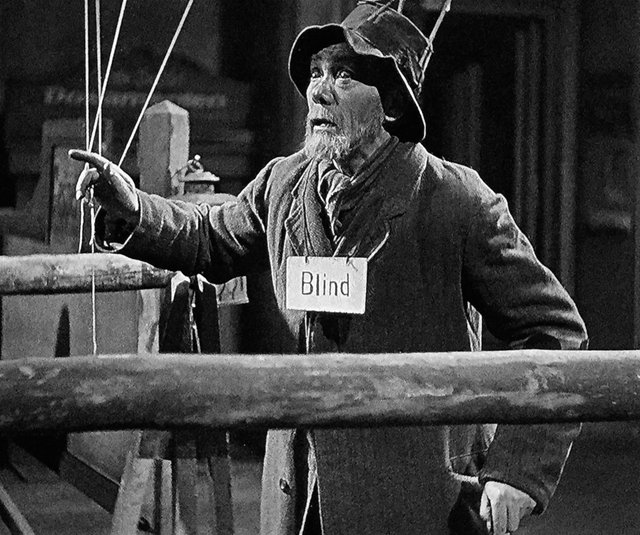
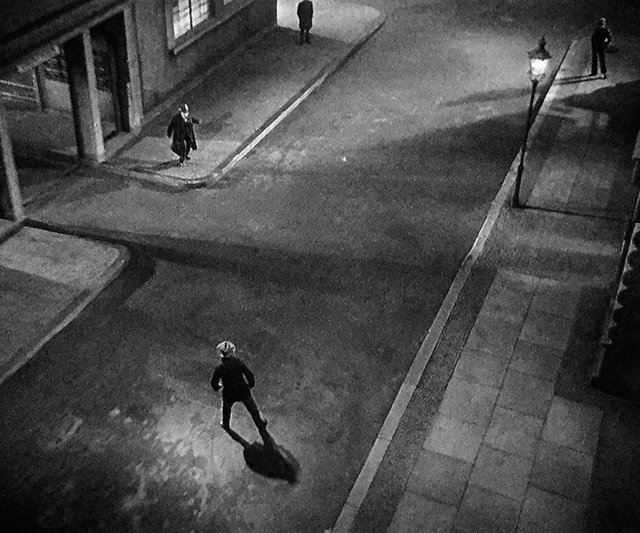
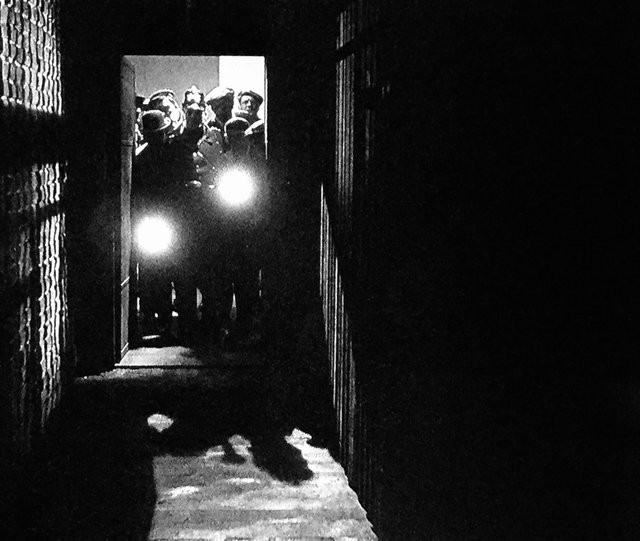
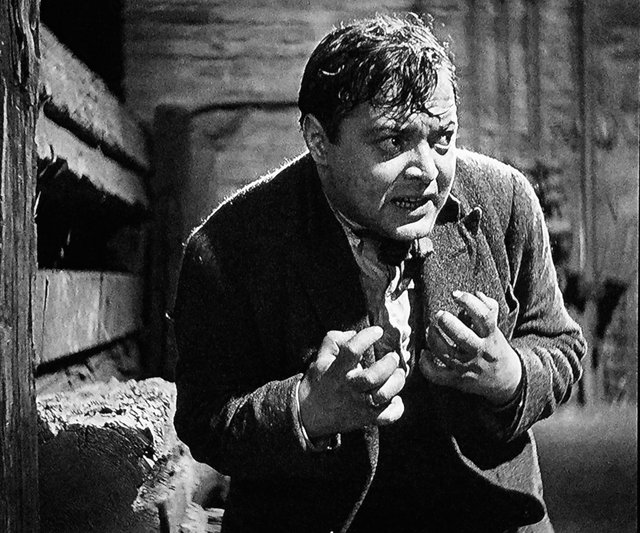
A great film.
Downvoting a post can decrease pending rewards and make it less visible. Common reasons:
Submit
Absolutely :-)
Downvoting a post can decrease pending rewards and make it less visible. Common reasons:
Submit